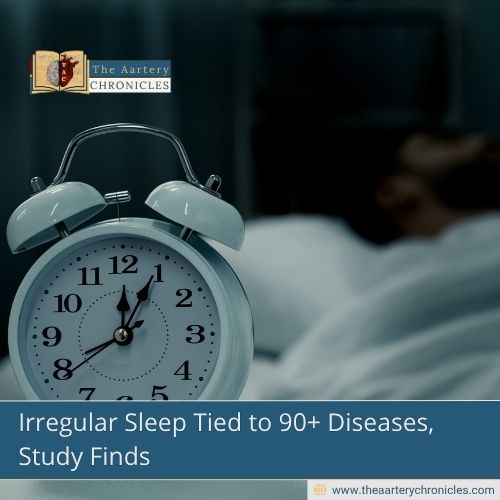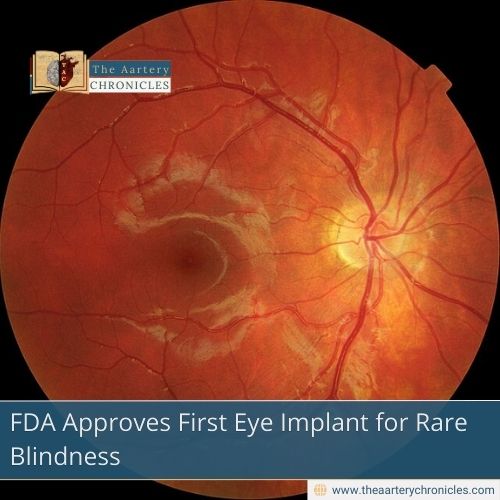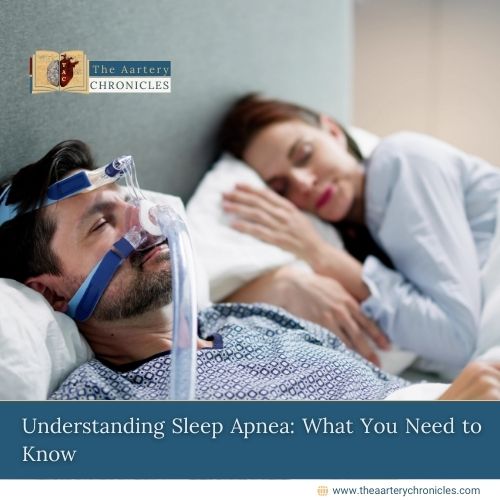
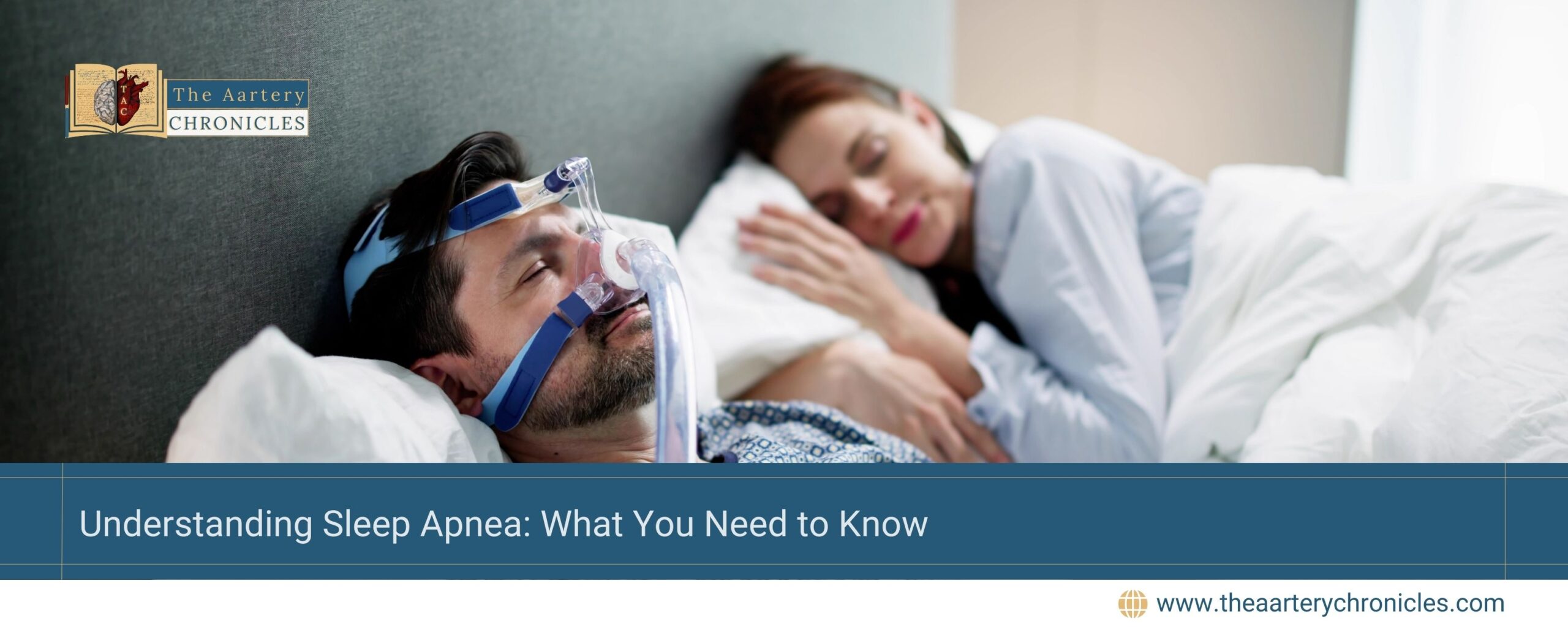
Understanding Sleep Apnea: What You Need to Know
Do you often wake up feeling tired, even after a full night’s sleep? Or does your partner complain about your loud snoring? You might be dealing with sleep apnea, a common yet serious sleep disorder. Let’s break it down.
What is Sleep Apnea?
Sleep apnea is a condition in which breathing repeatedly stops and starts while you sleep.
- These pauses, called apneas, can last a few seconds to minutes.
- They often occur multiple times per hour, disrupting your sleep cycle.
Types of Sleep Apnea
Sleep apnea isn’t a one-size-fits-all condition. There are three primary types, each with distinct causes and characteristics:
1. Obstructive Sleep Apnea (OSA)
OSA is the most common form of sleep apnea. It occurs when the muscles in the back of your throat relax excessively during sleep. These muscles support key structures like your
- Soft palate
- Uvula
- Tongue
When they relax too much, the airway narrows or completely closes, causing a temporary pause in breathing.
Key Features of OSA:
- Loud snoring is a hallmark symptom.
- You may wake up gasping or choking for air.
- The risk factors of OSA may include
- Obesity
- A thick neck circumference
- Enlarged tonsils
- Changes in hormone levels
2. Central Sleep Apnea (CSA)
CSA is less common and more complex. Unlike OSA, the problem here isn’t a blocked airway.
- Instead, it stems from a failure of the brain to send proper signals to the muscles responsible for breathing.
- This type of sleep apnea is often associated with underlying medical conditions.
Key Features of CSA:
- Breathing stops but without the physical obstruction seen in OSA.
- Common in people with
- Heart failure
- Stroke
- Certain neurological disorders
- May occur as a side effect of some medications, such as opioids.
3. Complex Sleep Apnea Syndrome
This is also known as treatment-emergent central sleep apnea. Complex sleep apnea combines features of both OSA and CSA.
- It often becomes apparent when someone with OSA starts using a CPAP machine for treatment.
- While the physical obstructions are addressed, central apnea episodes may develop due to the body’s adaptation to assisted breathing.
Key Features of Complex Sleep Apnea:
- Initially diagnosed as OSA but later shows central apnea patterns.
- Requires a more tailored treatment approach.
- May need advanced therapies, such as adaptive servo-ventilation (ASV).
How Common Is Sleep Apnea?
Did you know Sleep apnea affects millions worldwide? According to the American Academy of Sleep Medicine (AASM), about 26% of adults aged 30–70 years have obstructive sleep apnea.
Shockingly, 80% of moderate to severe cases remain undiagnosed.
Health Risks of Untreated Sleep Apnea
Ignoring sleep apnea isn’t just about feeling tired—it can lead to serious health problems. Here’s how untreated sleep apnea affects your body:
- High Blood Pressure: Frequent drops in oxygen levels during sleep put your cardiovascular system under stress. This triggers your body to release stress hormones, which may raise your blood pressure. Over time, this can lead to chronic hypertension, increasing your risk of heart disease.
Heart Disease: Obstructive Sleep Apnea (OSA) significantly increases the likelihood of
Heart attacks
Irregular heart rhythms (arrhythmias)
Repeated oxygen deprivation causes inflammation and damages blood vessels, making your heart work harder than it should.
- Daytime Fatigue: Interrupted sleep prevents you from reaching the deep, restorative stages of sleep. As a result, you wake up feeling exhausted. This affects your ability to focus, reduces productivity, and may even increase the risk of accidents, especially while driving.
- Type 2 Diabetes: Sleep apnea is closely linked to insulin resistance, where your body struggles to use insulin effectively. This connection makes sleep apnea a risk factor for developing or worsening Type 2 diabetes.
Who Is at Risk of Sleep Apnea?
Sleep apnea can affect anyone, but certain factors significantly increase the likelihood of developing the condition. Here’s a closer look:
- Excess Weight: Obesity is one of the strongest risk factors for Obstructive Sleep Apnea (OSA). Extra fat deposits around the neck and throat can narrow the airway, making it harder to breathe during sleep.
- Age: Sleep apnea becomes more common as you age, especially after 40. This may be due to changes in muscle tone and the structure of the airway over time.
- Gender: Men are about twice as likely as women to develop sleep apnea. However, the risk for women increases after menopause, potentially due to hormonal changes.
- Family History: If sleep apnea runs in your family, your chances of having it are higher. Genetics may influence factors like airway structure or how your body regulates breathing during sleep.
- Lifestyle Factors
- Smoking: Increases inflammation and fluid retention in the upper airway.
- Alcohol: Relaxes throat muscles, worsening airway blockages.
- Sedatives: Medications like sleeping pills can have a similar relaxing effect on the airway, increasing the risk of apneas.
If you fall into one or more of these categories, consider discussing your risk with a healthcare provider. Early intervention can make a significant difference in managing sleep apnea and improving your overall well-being.
Signs You Shouldn’t Ignore
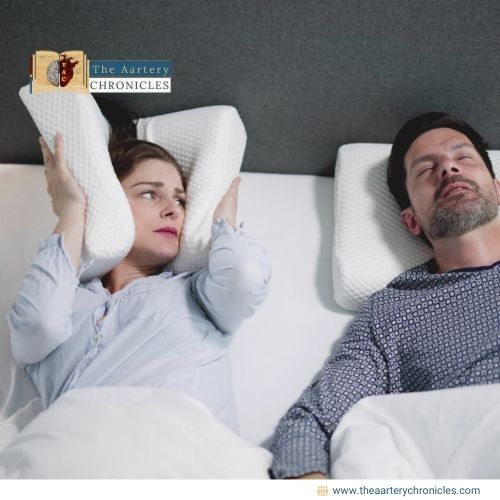
Sleep apnea often goes unnoticed because it occurs while you’re asleep. However, there are clear warning signs that shouldn’t be ignored:
- Loud Snoring: Frequent, loud snoring is a hallmark symptom of Obstructive Sleep Apnea (OSA). While not everyone who snores has sleep apnea, consistent snoring, especially when paired with other symptoms, is a red flag.
- Gasping or Choking During Sleep: If you wake up gasping for air or your partner notices you choking during sleep, it’s a strong indicator of interrupted breathing caused by sleep apnea.
- Morning Headaches: Waking up with headaches is a common symptom, often caused by low oxygen levels and disrupted sleep patterns.
- Difficulty Concentrating: Sleep apnea can prevent you from getting restorative sleep, leading to daytime brain fog, memory issues, and trouble focusing on tasks.
- Mood Changes or Irritability: Chronic sleep deprivation caused by sleep apnea can affect your mood, leading to irritability, anxiety, or even depression.
If you experience these symptoms, consult a healthcare professional. Recognizing the signs early can help you take the necessary steps toward better sleep and improved health.
What to Do If You Suspect Sleep Apnea
If you think you might have sleep apnea, it’s essential to seek medical advice. A doctor can help confirm the diagnosis and guide you toward effective treatment. Here’s what they might recommend:
- Sleep Study (Polysomnography): This is the gold standard for diagnosing sleep apnea. Conducted in a sleep clinic or hospital, the test monitors:
- Breathing patterns
- Oxygen levels
- Heart rate
- Brain activity
Polysomnography provides a detailed analysis of your sleep and helps identify the type and severity of sleep apnea.
- Home Sleep Apnea Test: For a simpler and more convenient option, your doctor might suggest a home sleep apnea test. This test uses portable devices to monitor your:
- Airflow
- Oxygen saturation
- Breathing effort
While not as comprehensive as a sleep study, it’s a practical first step for diagnosing moderate to severe cases.
Treatment Options
The good news? Sleep apnea is manageable. Treatments include:
- Lifestyle changes: Losing weight, quitting smoking, and avoiding alcohol can help.
- CPAP therapy: A continuous positive airway pressure (CPAP) machine keeps your airway open during sleep.
- Oral appliances: These reposition your jaw to prevent airway collapse.
- Surgery: In severe cases, procedures like UPPP (uvulopalatopharyngoplasty) may be recommended.
Sleep Apnea and Quality of Life
Treating sleep apnea improves your health and daily life. Studies show that CPAP therapy reduces the risk of heart disease by 42% and improves energy levels significantly.
Final Thoughts
Don’t ignore the signs of sleep apnea. If you or someone you know struggles with loud snoring or daytime fatigue, seek medical advice. Proper treatment can transform your sleep and your life.
Source: Inputs from various media Sources

Dane
I am an MBBS graduate and a dedicated medical writer with a strong passion for deep research and psychology. I enjoy breaking down complex medical topics into engaging, easy-to-understand content, aiming to educate and inspire readers by exploring the fascinating connection between health, science, and the human mind.


